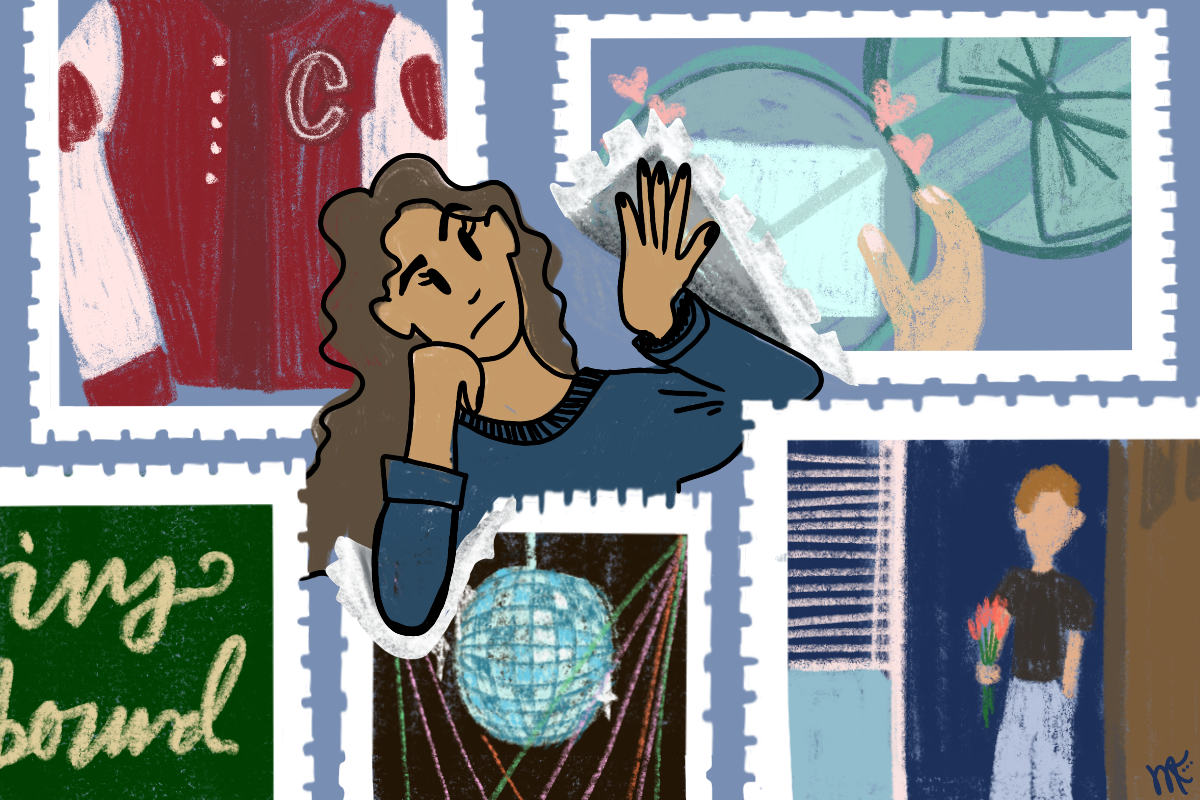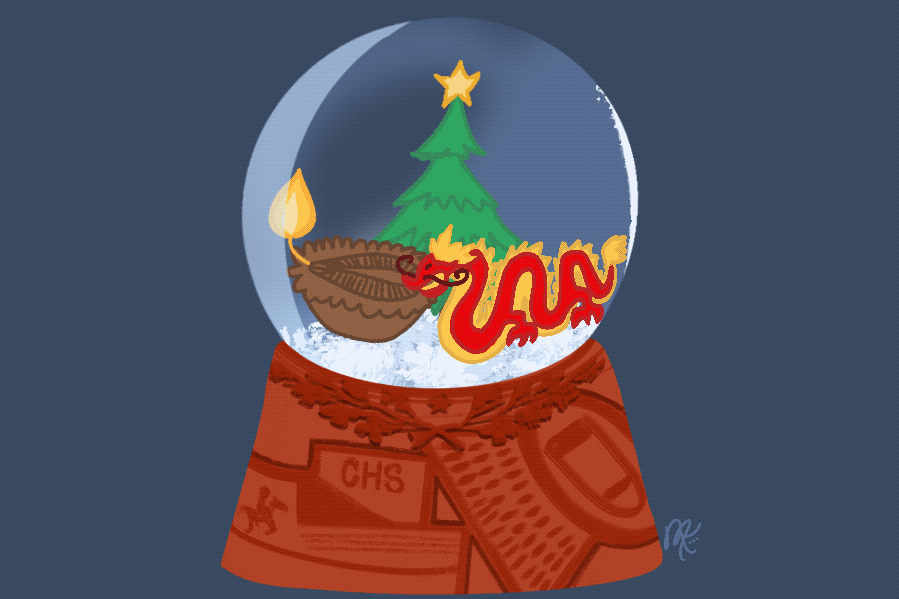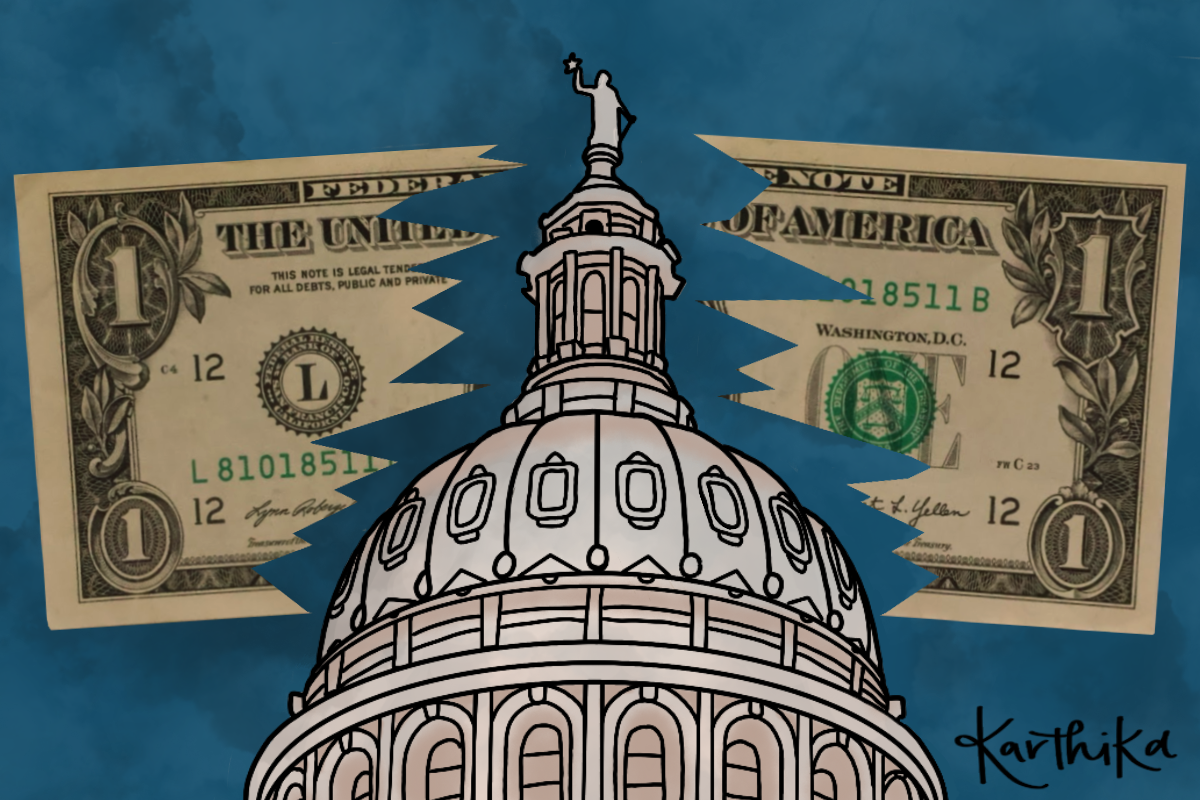By Nicolas Henderson
Staff Writer
@happenstance98
Living in Coppell is not for those who pine for a quiet, undisturbed lifestyle. It seems that every week I’ll spot something that wasn’t there just days earlier.
Remember the construction of the neighborhoods found in Old Town? Neither do I.
The rapidly spreading development epidemic extends well outside of Coppell. By choosing to live in the Dallas-Fort Worth area, we are surrendering our freedom of open fields, trees or anything that a new business or neighborhood could be built over.
North Texas is known for its extravagant turn of the century architecture, and it’s something that I take pride in as a citizen of the Dallas area. The combination of history and modern development is a great one.
Unfortunately there is a huge downside. Development doesn’t stop, even for historical purposes. Soon a nice balance of new and old becomes less and less balanced and eventually what was once there is now a shopping complex or a neighborhood. This is where a line needs to be drawn.
A perfect example can be found right here in Coppell. At the corner of South Coppell Road and State Highway 121 sits a lot that has been vacant for some time now. For many years the lot was quite large, but now about half of it is home to new neighborhoods. It is not the open field that makes this spot unique though. Before there were houses, there was a restaurant called Cafe 121.The Cafe is long gone now, but before it closed it served notable people such as former President George H.W. Bush.
Another example to be found in Coppell is Bethel Cemetery. This is Coppell’s first cemetery, so it’s a huge part of our history. It was once over two acres. Now, thanks to new neighborhoods being built, the cemetery is only a half acre, and these houses are literally sitting over graves.
In fact, with the recent development around Bullock Cemetery, where William T. Cozby, the first mayor of Coppell is buried, all four of Coppell’s historic

cemeteries are now enclosed within neighborhoods. There are not actually any old buildings left in “old town” Coppell aside from a select few. The only place that has been truly preserved is Grapevine Springs Park, but even from there you see houses.
Let’s not forget North Lake. No, not the college. Once upon a time, before most current high schoolers were old enough to enjoy it, Coppell had a reservoir stocked with fish, a park and a boat ramp. Before North Lake was built, the area was a bowl-like valley used for farming. Construction on the lake was completed in August 1957. Originally built as a cooling reservoir for the Dallas Power and Light Company power plant (which was demolished in 2012) on the north east side of the lake, Coppell soon developed it into a recreational reservoir. The lake’s heyday ended in 2000, when the park shut down. After years of development disagreements, the city reached an agreement to develop on the lake site in 2008.
The lake virtually no longer exists as it has been almost completely drained, nor do many of the trees that once surrounded the park. Guess what’s going to be built on the site of the lake? More neighborhoods.
The issue with North Lake does have more to it, as there are some legitimate reasons for its closure. The original reason in 2000 was that the lake was thought to have a high concentration of amoebas from the temperature of the power plants water output. Additionally, to Coppell’s credit, they did fight this. At the time, city officials knew that the move to develop on North Lake would cost more money than it would bring, but after years of back and forth lawsuits between Coppell, the city of Dallas (who owns the land,) and Billingsley, the development company,Coppell finally reached an agreement to allow development. If the decision to not preserve more natural area falls under the jurisdiction of Dallas, it’s a shame that they aren’t taking advantage of this usable space for more than just suburban development.
At some point, Coppell and the Dallas-Fort Worth area in general are going to need to slow down before we lose too many important landmarks to development. We are fortunate to live in an area with a lot of history, and that history gives DFW character. Without it, we just live in another cookie cutter metropolitan suburb with some national chain restaurants and a never ending number of neighborhoods.








